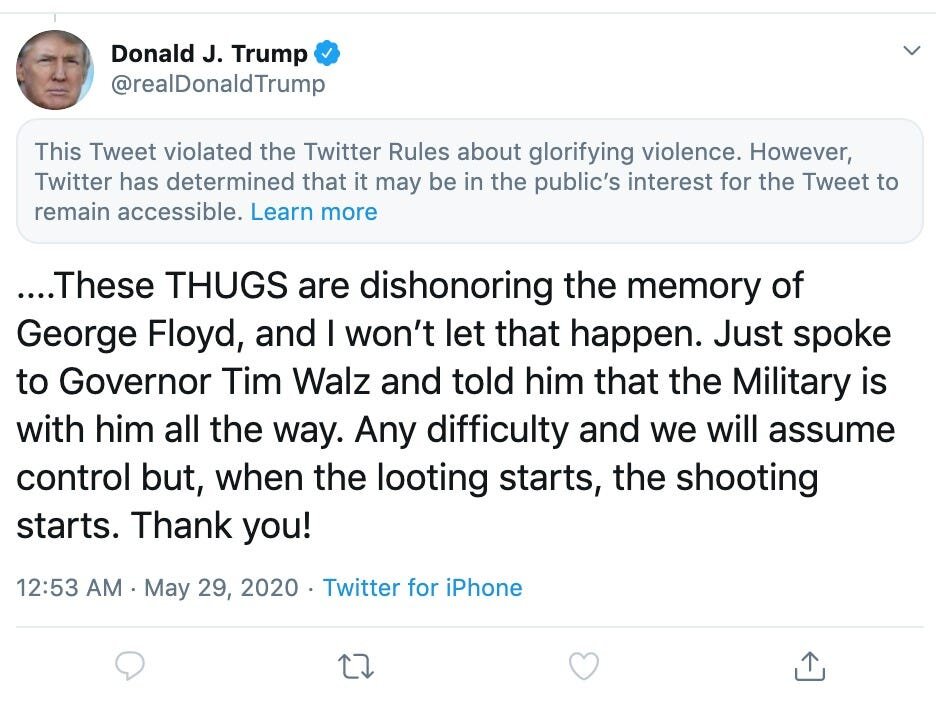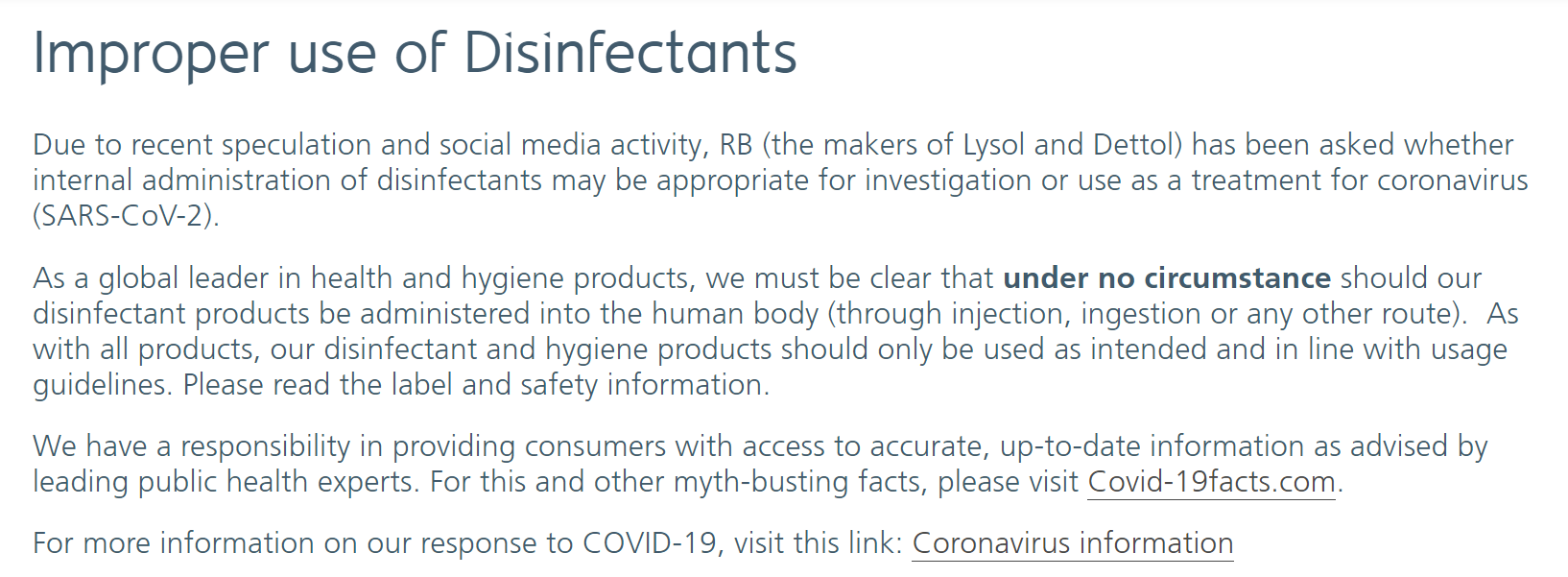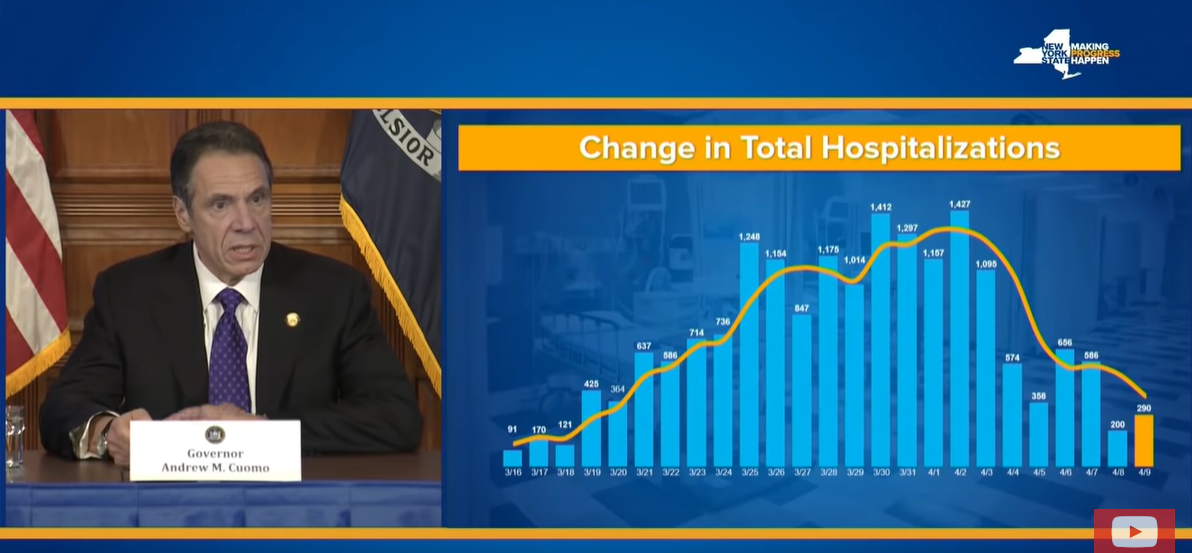CEOs Respond to Capitol Riots
/Several business executives are speaking out after riots at the U.S. Capitol. Rioters stormed the building as Congress was certifying (and debating) Joe Biden as the next president. President Trump ignited the crowd by claiming, without evidence, that he won the election “by a landslide” and that it was “stolen” from him.
CEOs have been joining political conversations in the past several years, and today is another example. One of the most significant is Blackstone CEO Stephen Schwartzman, a Trump supporter and loyalist. He said, “The insurrection that followed the president’s remarks today is appalling and an affront to the democratic values we hold dear as Americans” and “There must be a peaceful transition of power.”
Bank of America CEO Brian Moynihan tweeted his view of the riots, and other leaders represented Salesorce, JPMorgan Chase, BlackRock, Google, Apple, and many more.
Political conservatives also weighed in, for example, Jay Timmons, president and chief executive of the National Association of Manufacturers. Timmons suggested that Vice President Pence invoke the 25th amendment, meaning President Trump would be removed from office:
“This is not the vision of America that manufacturers believe in and work so hard to defend. Across America today, millions of manufacturing workers are helping our nation fight the deadly pandemic that has already taken hundreds of thousands of lives. We are trying to rebuild an economy and save and rebuild lives. But none of that will matter if our leaders refuse to fend off this attack on America and our democracy.”
















